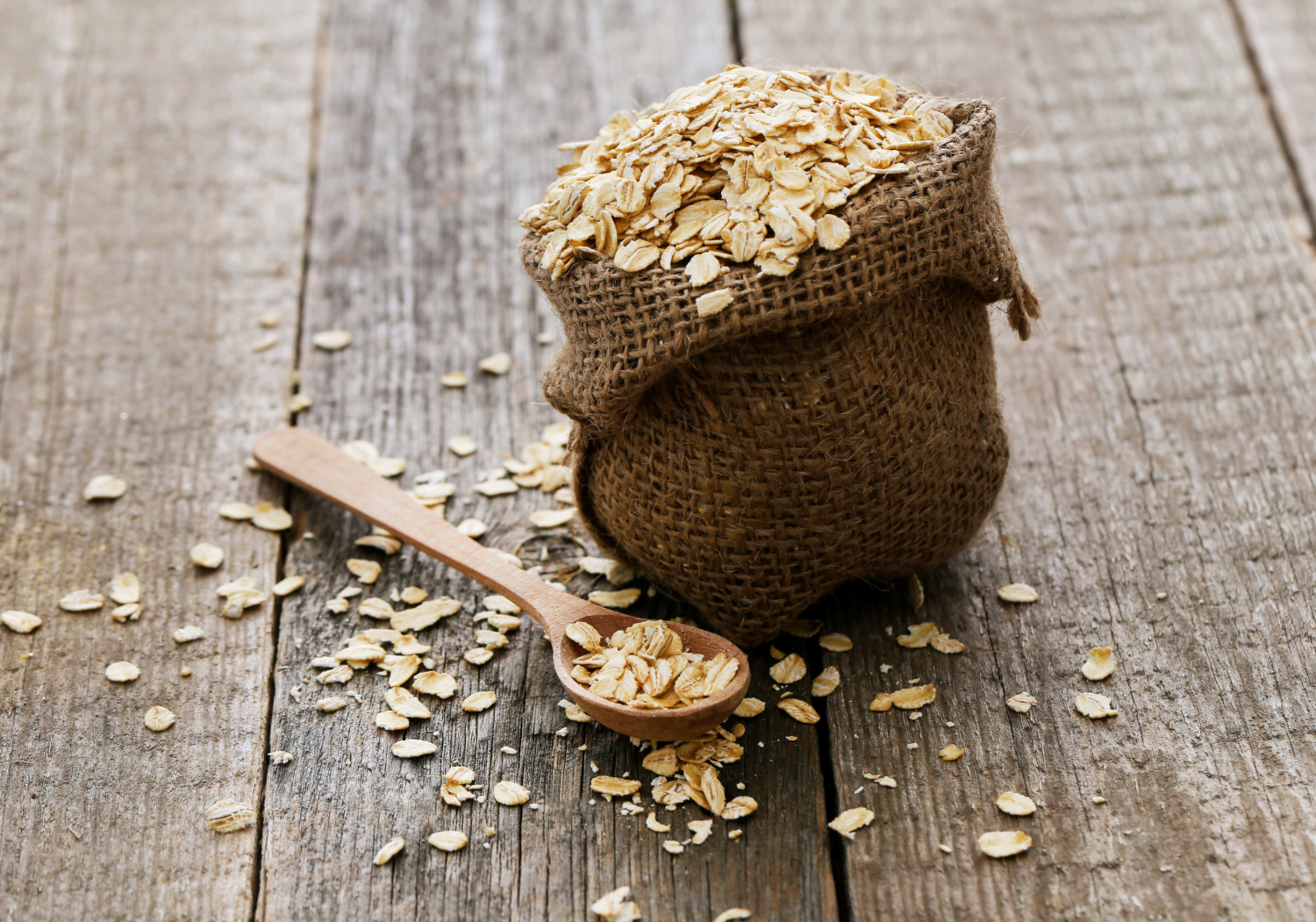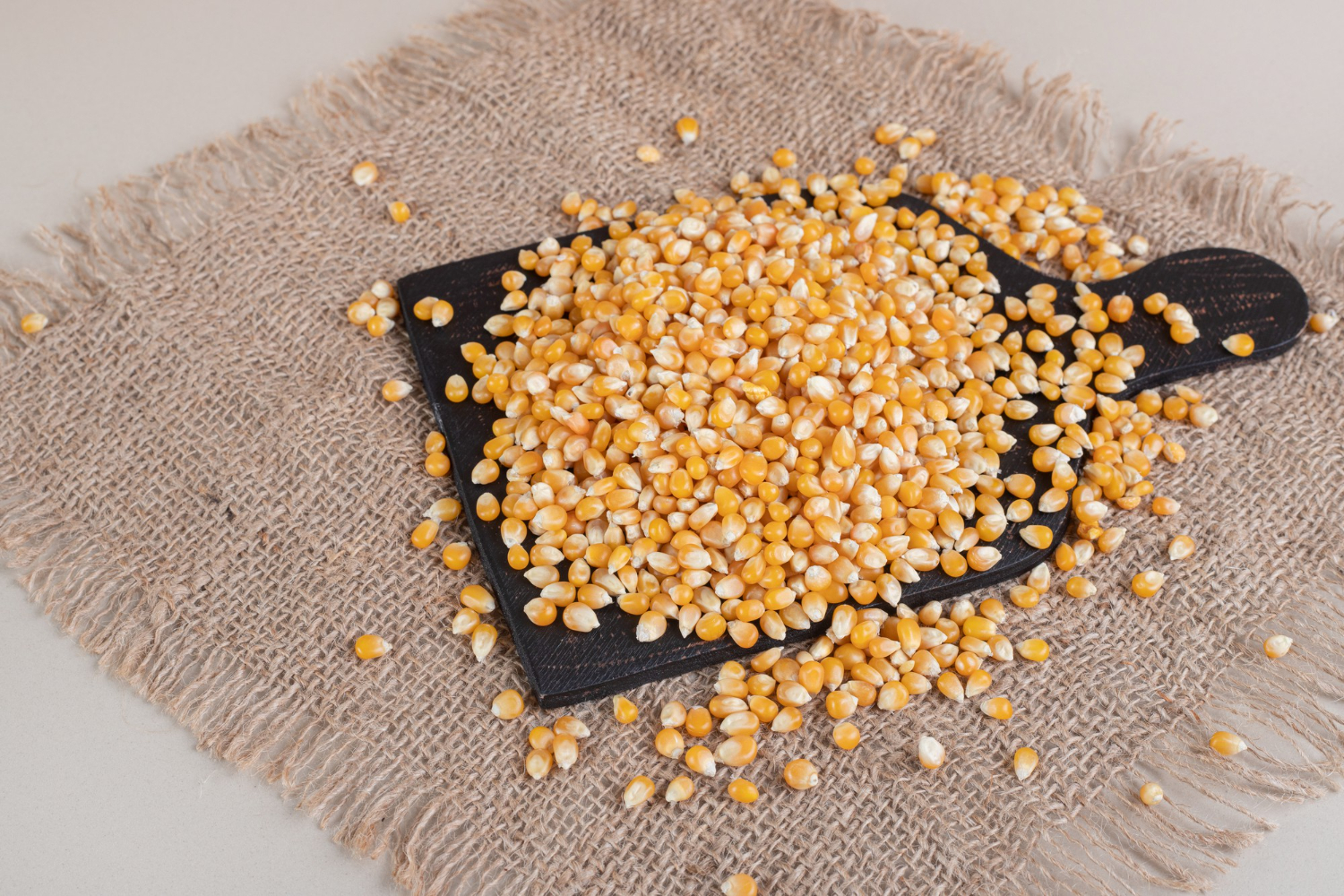Chokeberry Fiber – 4 Innovative Applications in the Food Industry and Beyond
Dietary fiber plays a key role in healthy human nutrition, and its importance in the daily diet is increasingly appreciated. One of the lesser-known but very valuable sources of fiber is chokeberry – a little-known, although unique fruit. Chokeberry fiber is gaining recognition in various industries, primarily food, but also cosmetics and pharmaceuticals. Why is this type of fiber arousing increasing interest? What are the benefits of using it? Let’s look at several key aspects of chokeberry fiber.
What makes chokeberry fiber unique?
Chokeberry fiber, obtained from chokeberry processing residues (including skin, seeds), is characterized by a high content of valuable bioactive compounds, such as polyphenols. Chokeberry is one of the richest sources of antioxidants, which have anti-inflammatory, anti-cancer and circulatory system supporting effects. Thanks to this, chokeberry fiber, in addition to the typical properties of fiber (improved digestion, support of intestinal microflora), can bring additional health benefits.
Application of chokeberry fiber in the food industry
In the food industry, fiber plays an important role, improving the structure of products, stabilizing them and enriching their nutritional value. The introduction of chokeberry fiber to food products offers new possibilities:
- Enriching products with antioxidants – Thanks to its polyphenol content, chokeberry fiber can enrich food products with antioxidants. This is a valuable property, especially in the case of functional products aimed at health-conscious consumers. Examples include energy bars, bread or breakfast cereals.
- Use in gluten-free products – Due to its structure-forming properties, chokeberry fiber can be used as an ingredient that improves the texture and organoleptic properties of gluten-free baked goods, which often have a worse consistency than traditional products.
- Improving product stability – The high content of soluble fiber in chokeberry raw material can affect the stabilization of emulsions and sauces, preventing their separation. Hence, chokeberry fiber can be used in the sauce, beverage or dairy dessert industry.
- Natural colour and flavour – Thanks to the intense, dark purple colour of chokeberry, this fibre can be used as a natural colour, which is particularly desirable in the “clean label” trend, where manufacturers try to avoid artificial additives. In addition, chokeberry adds a characteristic, slightly tart flavour, which can be used to enhance the taste of products.
Chokeberry Fiber in the Pharmaceutical Industry
In pharmacy, chokeberry fiber is used in the production of dietary supplements that support digestion and detoxification of the body. Thanks to the antioxidant content, supplements with chokeberry fiber can also support the immune system and protect cells from oxidative stress. There are also studies suggesting that regular consumption of chokeberry fiber can lower cholesterol and blood sugar levels, making it an ideal ingredient in dietary supplements for people struggling with metabolic problems.
Cosmetics industry – chokeberry fiber as an ingredient in cosmetics
The wealth of polyphenols and antioxidants contained in chokeberry fiber makes it a valuable ingredient in anti-aging and protective cosmetics. The antioxidant properties of chokeberry protect the skin from the harmful effects of free radicals, delaying the aging process. Additionally, chokeberry fiber, used in cosmetics for sensitive skin, can soothe irritation and inflammation.
Environmental benefits
It is also worth noting that the use of chokeberry fiber contributes to a more ecological approach in the industry. This raw material is obtained from the remains of chokeberry processing, which allows for reduced waste and more complete use of resources. Thanks to this, manufacturers can support sustainable development, which is an important aspect in the face of growing ecological challenges.
Summary
Chokeberry fiber is an innovative ingredient that opens up wide possibilities in various industries. Its health-promoting properties, such as high antioxidant content, and unique structural features mean that it is used in the production of functional food, dietary supplements, and cosmetics. Additionally, its acquisition contributes to sustainable development, which is another argument for the growing popularity of this ingredient. In the coming years, we can expect a further increase in its use, especially in response to the growing consumer demand for natural products supporting a healthy lifestyle.



